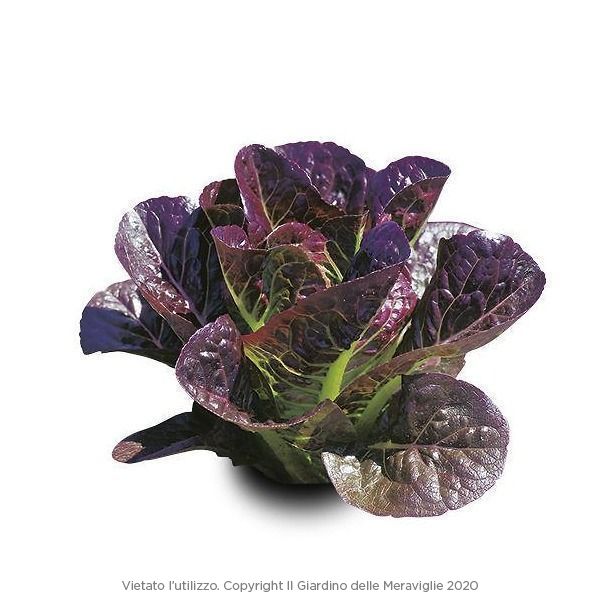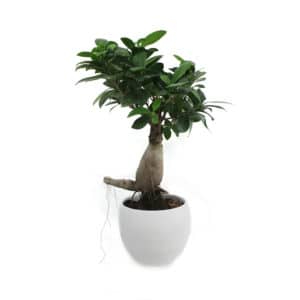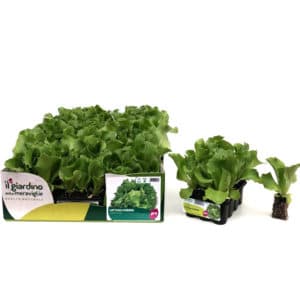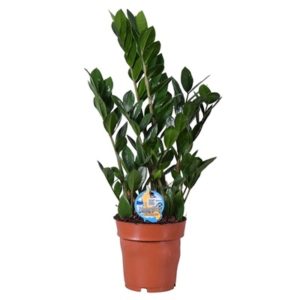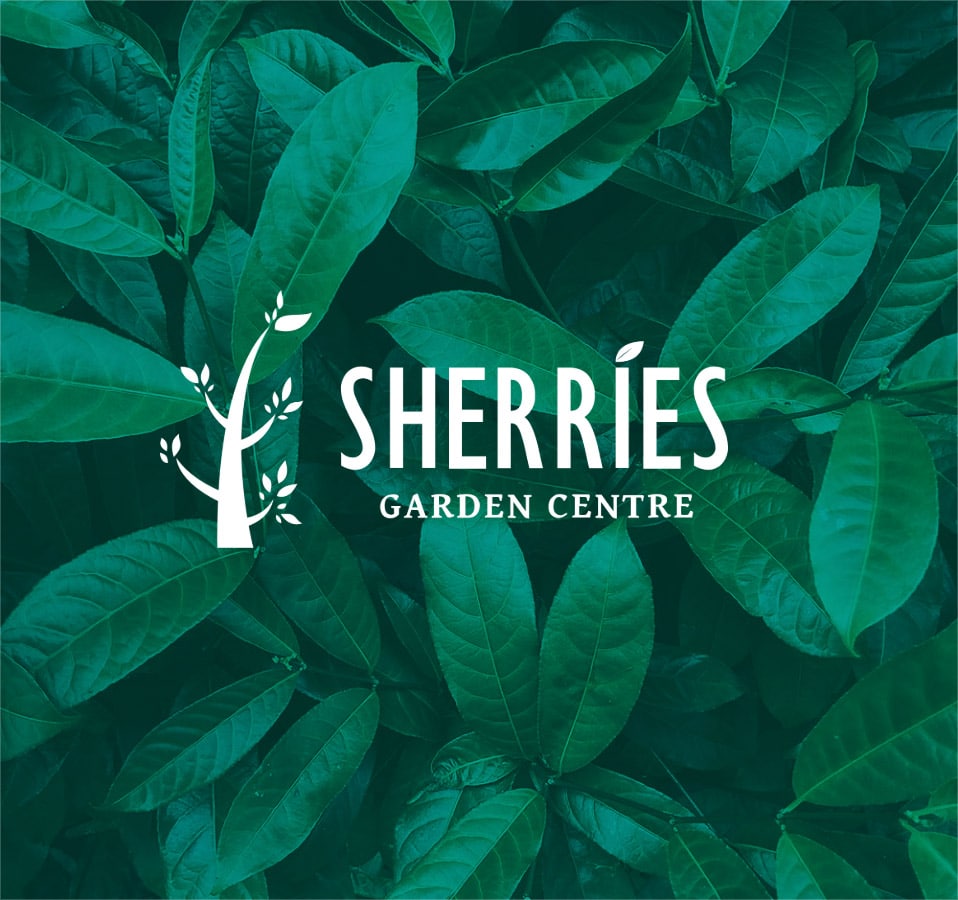Description
Red Romaine Lettuce is a robust and attractive variety that combines the famous crunch of Romaine with an appealing deep red color. It is highly valued for its texture and its versatility in the kitchen.
Colour and Appearance: The outer leaves feature a vibrant blend of green and deep red/bronze, transitioning to a lighter green or yellow heart. The red color tends to deepen in cooler weather.
Texture and Flavour: The long, thick midribs (costa) are particularly crisp and juicy. The flavour is typically sweet with a desirable, subtle bitterness that adds complexity to salads.
Culinary Use: This lettuce holds up exceptionally well to dressings and heavier ingredients. It is the classic choice for a Caesar salad but also adds visual appeal and crunch to mixed salads, sandwiches, and wraps.
Nutritional Value: Like other Romaine varieties, it is rich in water, fibre, and vitamins A, C, and K.
Growing Guide: Lettuce is a cool-season crop, but the Maltese climate allows for cultivation almost year-round, provided you manage the summer heat.
When to Plant: This variety is quite hardy and can be planted all year in Malta’s climate, but is at its best during the cooler months:
Autumn/Winter/Spring (September–May): Ideal growing period; plants will be more robust and less prone to bolting. The colour is best in cooler weather.
Summer (June–August): Can be grown, but requires partial shade and vigilant watering to prevent premature bolting (going to seed) due to high temperatures.
Location/Sun: Prefers full sun in winter and morning sun/partial shade in the hot summer.
Soil: Requires loose, well-drained, and very fertile soil, rich in organic matter. A neutral pH is preferred.
Spacing: Give the head plenty of room to develop:
In-row spacing: 20–35 cm (8–14 inches) between plants.
Row spacing: 35–50 cm (14–20 inches) between rows.
Note: When transplanting, ensure the top of the root ball is just level with the soil surface; burying the “collar” (the base of the stem) can cause rot.
Watering: Maintain consistent moisture. Lettuce is shallow-rooted and bolts quickly if the soil dries out. Water in the morning, taking care not to wet the leaves, which helps prevent fungal issues like Downy Mildew (Peronospora).
Feeding: As a fast-growing leafy vegetable, it benefits from a quick-acting, nitrogen-rich fertiliser to promote healthy leaf growth.
Harvesting: Ready in 45–60 days after transplanting.
Full Head: Harvest the entire head when it feels firm and voluminous. Cut the plant just above the soil line.
Cut-and-Come-Again: Alternatively, you can harvest individual outer leaves as needed, allowing the inner leaves to continue growing, which extends the harvest period.
Bolting: If the weather suddenly turns hot, the plant may send up a tall flower stalk (bolt). Once this happens, the leaves become very bitter. Harvest immediately if bolting is observed.
